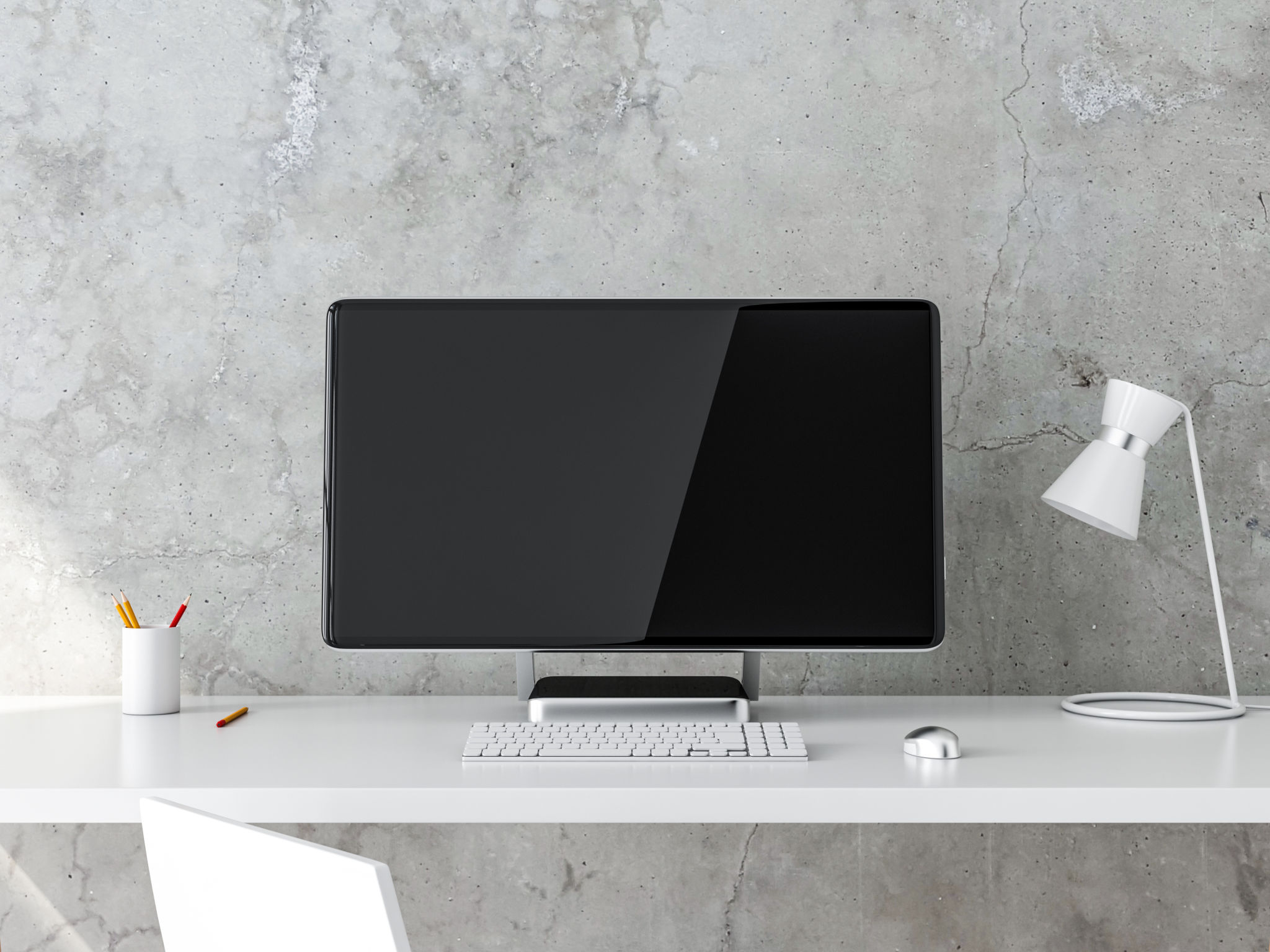Comparing All-in-One PCs and Desktops: Which is Right for You?
Understanding All-in-One PCs
All-in-One (AIO) PCs are designed to offer a compact and sleek computing solution by integrating the monitor and computer components into a single unit. This design not only saves space but also reduces cable clutter, making it an attractive option for those with limited desk real estate.
One of the key advantages of AIO PCs is their ease of setup. With fewer cables to connect, getting started is as simple as plugging in the power cord and connecting to your network. Additionally, many AIOs come with touchscreens, enhancing user interaction.

Performance and Upgradability
While AIO PCs offer convenience, they may not match the performance of traditional desktops. This is mainly because AIOs often use mobile components similar to laptops, which can limit their computing power. However, for everyday tasks like browsing, streaming, and office work, AIOs are more than capable.
Upgradability is another factor to consider. AIO PCs typically have limited upgrade options due to their compact design. Replacing components such as the CPU or GPU can be challenging or even impossible in some models, so future-proofing your purchase might be harder with an AIO.
Exploring Traditional Desktops
Traditional desktop PCs consist of separate components for the monitor and the computer tower, offering flexibility and potentially higher performance. Desktop towers often house more powerful processors and dedicated graphics cards, making them ideal for demanding tasks like gaming and video editing.

Customization and Upgrade Potential
One of the biggest advantages of desktops is their customizability. Users can choose specific components to meet their needs, whether it's a faster processor, more RAM, or a high-end graphics card. This flexibility also extends to upgrades, allowing users to easily replace or add components as technology advances.
However, this customizability comes with a trade-off in terms of space and setup complexity. Desktops require more room and a bit more technical know-how to assemble and maintain compared to AIOs.
Choosing the Right Option for You
The decision between an AIO PC and a traditional desktop largely depends on your specific needs and preferences. If you prioritize space-saving design and ease of use for everyday tasks, an AIO might be the perfect fit. On the other hand, if performance and upgradability are your top concerns, a traditional desktop could be the better choice.

Considerations for Different Users
For home office setups where space is at a premium, AIO PCs can provide a neat and efficient solution. Meanwhile, gamers and content creators who need more power and flexibility might find traditional desktops more suitable.
Ultimately, both options have their merits, and understanding your personal computing needs will guide you in making the right choice. Whether you opt for a sleek all-in-one design or a powerful desktop setup, each offers unique benefits that can enhance your computing experience.
